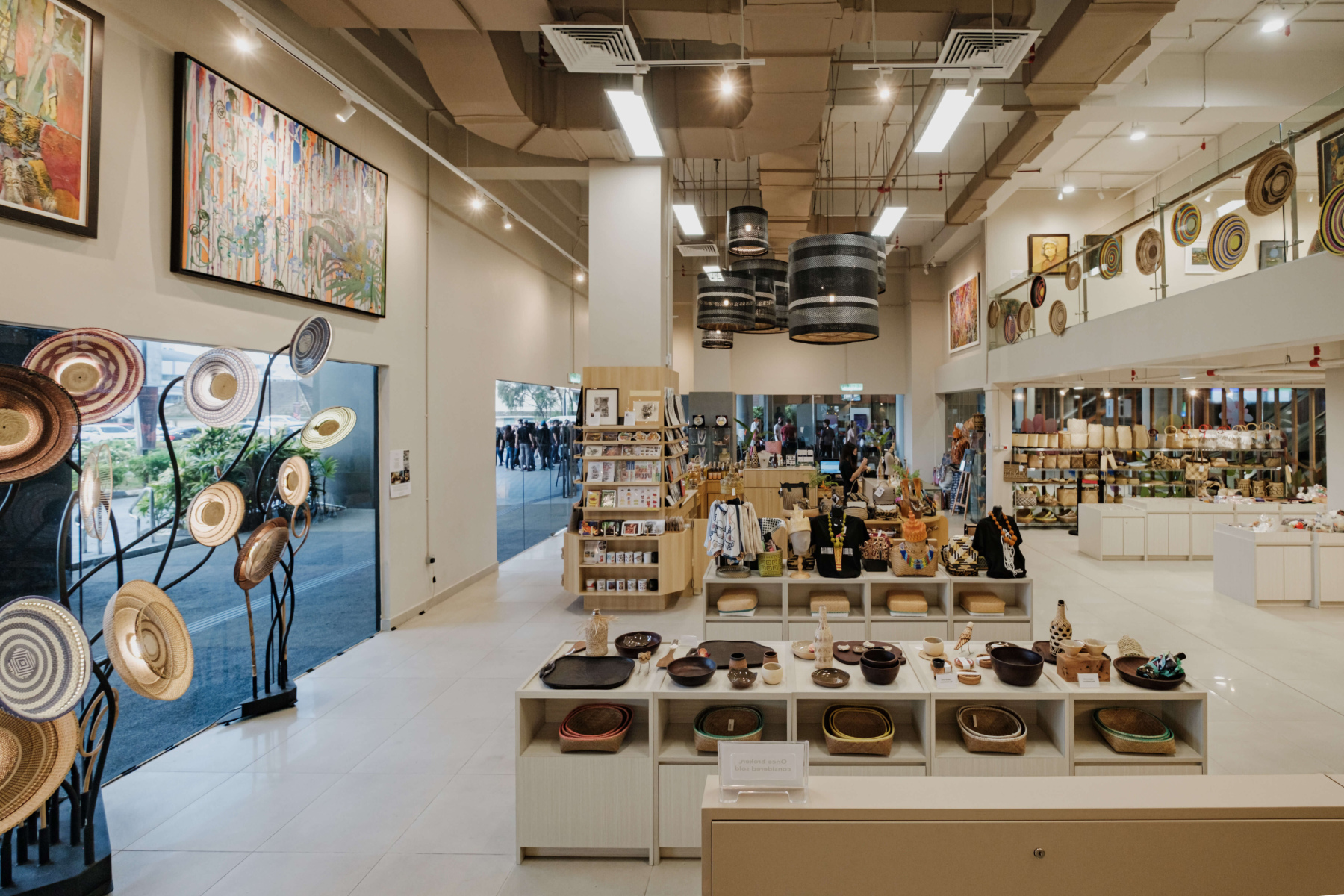Delve into Diversity: Borneo Cultures Museum Revealed
Wiki Article
Delve Into the Remarkable Globe of Borneo's Cultural Heritage: A Comprehensive Overview to the Cultures Gallery Experience
Immersing oneself in the intricate tapestry of Borneo's social heritage belongs to starting a trip with time and practice. The blend of aboriginal people, traditional handicrafts, exciting efficiencies, and historic narratives housed within the boundaries of the island's museums offers a glance into a world including dynamic personalizeds and extensive traditions. As site visitors traverse with these databases of society, they are bid to explore a world where past and present intermingle, welcoming contemplation on the strength and richness of Borneo's diverse heritage.Native People of Borneo
Borneo is home to over 50 indigenous tribes, each with special social techniques and traditions that have been maintained for generations. Amongst these tribes are the Iban, understood for their traditional longhouses and intricate tattoos where multiple family members live. The Dayak individuals, an additional prominent group, take part in fancy spiritual events and are knowledgeable craftsmens, crafting intricate wood carvings and woven textiles. The Penan tribe, on the other hand, are nomadic hunter-gatherers with a deep link to the rainforest, utilizing blowpipes for searching and gathering wild plants for sustenance.These native people play a crucial role in preserving Borneo's abundant cultural tapestry. Visitors to Borneo have the opportunity to engage themselves in the one-of-a-kind way of lives of these tribes with social tours, homestays, and community-based tourist campaigns.
Conventional Inventions and Artifacts

One popular instance of conventional handicrafts in Borneo is the production of woven products - Borneo Cultures Museum. Experienced weavers utilize natural fibers like rattan, bamboo, and pandan leaves to produce intricate baskets, mats, and accessories adorned with colorful patterns that hold symbolic meanings within the neighborhood
The art of woodcarving is another significant facet of Borneo's standard handicrafts. Artisans sculpt elaborate styles right into numerous sorts of wood to generate masks, sculptures, and musical tools that not just offer useful functions however additionally hold social value, often showing mythology or spiritual beliefs.
Additionally, Borneo is renowned for its beadwork, with craftsmens carefully crafting beads from materials like glass, seeds, and coverings to develop precious jewelry, clothes embellishments, and attractive items that showcase the area's lively visual traditions. These conventional handicrafts and artefacts not only act as concrete expressions of Borneo's social heritage yet additionally provide insights into the communities' beliefs, worths, and way of living.

Social Performances and Festivals
With an ingrained link to their social traditions, the areas in Borneo come alive via dynamic social performances and festivals that celebrate their heritage. These events showcase the rich variety of Borneo's ethnic teams, each offering special dancings, songs, and routines that have been passed down through generations. Among the most prominent celebrations is the Gawai Dayak, celebrated by the Dayak individuals to note the rice gathering period. Throughout this festival, conventional music fills the air, complex dancings are done, and fancy conventional costumes are used. One more considerable event is the Pesta Kaamatan, commemorated by the Kadazandusun neighborhood to appreciate for the rice harvest. This event includes cultural efficiencies, including the Sumazau dance, and conventional sporting activities like the bamboo dancing. Visitors to Borneo can submerse themselves in these festivities, acquiring a deeper understanding of the region's cultural heritage and experiencing the warm hospitality of its individuals. Social performances and celebrations act as a dynamic pointer of Borneo's abundant cultural tapestry and the value of maintaining these practices for future generations.Historical Stories and Artefacts
Discovering the historical stories and artefacts of Borneo offers a remarkable glimpse right into the area's rich past and social development. Borneo's historic tapestry is woven with varied influences, mirroring the interactions between indigenous people, Chinese investors, European colonizers, and Malay sultanates. The artifacts found in Borneo display this detailed background, varying from try this site standard crafts like elaborate beadwork and woodcarvings to historical prizes such as old pottery and tools.One of one of the most engaging elements of Borneo's historic stories is the preservation of dental traditions gave with generations. These stories offer understandings into the beliefs, personalizeds, and day-to-days live of Borneo's citizens throughout the centuries. The artefacts discovered check from archaeological websites offer tangible connections to these stories, allowing visitors to witness the product culture of past cultures firsthand.
Contemporary Cultural Preservation Initiatives

Additionally, academic programs and cultural exchange tasks play a crucial function in elevating awareness concerning the relevance of maintaining Borneo's one-of-a-kind social heritage. By involving schools, galleries, and the bigger neighborhood in discussions and tasks that celebrate Borneo's varied societies, conservation efforts can get energy and assistance for long-lasting sustainability. Partnerships between governmental bodies, charitable organizations, and local areas are crucial in internet driving these conservation undertakings ahead, guaranteeing that Borneo's rich cultural heritage stays lively and cherished for generations to come.
Conclusion
In final thought, the social heritage of Borneo is rich and diverse, with native people, conventional handicrafts, social performances, celebrations, historic stories, and contemporary preservation efforts all adding to its uniqueness and relevance. Site visitors to Borneo's social museums can obtain a much deeper understanding and admiration of the region's cultural heritage, enabling for a more immersive and enlightening experience.Immersing oneself in the detailed tapestry of Borneo's social heritage is similar to getting started on a trip through time and practice.With an ingrained link to their social traditions, the communities in Borneo come alive with lively cultural performances and festivals that commemorate their heritage. Social efficiencies and festivals offer as a lively suggestion of Borneo's abundant cultural tapestry and the importance of maintaining these traditions for future generations.
In addition, academic programs and social exchange tasks play an important role in elevating awareness regarding the significance of maintaining Borneo's one-of-a-kind social heritage. Collaborations in between governmental bodies, non-profit companies, and neighborhood areas are necessary in driving these conservation endeavors ahead, ensuring that Borneo's rich social heritage stays dynamic and valued for generations to come.
Report this wiki page